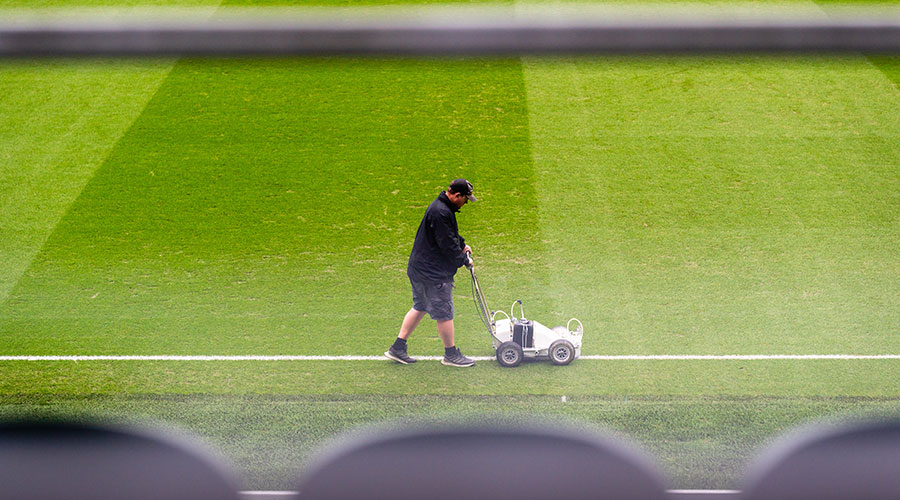Surface Repair Specification Considerations
Managers are constantly looking for the right mix of PM and major restoration. The longer problems such as potholes remain unattended, the larger they become, and the deeper into the base they penetrate, resulting in safety issues and costly repairs.
Filling cracks is much less labor-intensive than filling potholes, and filling potholes is far less costly than having to replace major sections of paved surfaces.
As shown in step four above, one key to effective repairs is selecting the most appropriate repair method, which includes specifying the proper material for the surface and for conditions at the repair site.
For example, managers need to select concrete sealants and coatings that are formulated for either wet or dry conditions. Extensive independent testing has shown that epoxies, siloxane/silane materials, and high-molecular-weight methacrylates are the best types of material for controlling the deterioration of concrete where freezing and thawing occur repeatedly and water is present.
Workers should inspect sections of concrete that most often deteriorate from freezing weather. These sections include exposed surfaces, such as posts, handrails, piers, parapets, and the top 2 feet of walls.
Also vulnerable are curbs, sills, ledges, copings, cornices and corners. Surfaces exposed to spray or other frequently changing amounts of water during freezing weather also are likely to require a great deal of attention.
As with any other asset, concrete and asphalt surfaces need periodic inspection and PM to ensure sustainability and lower life-cycle costs. Annual inspections are the most economical way to retain and improve the value of the asset.
The best PM for asphalt is applying a sealant. Workers should reseal new asphalt between 90 days and one year after placement. This practice locks in the binder, keeps the pavement flexible, and prevents cracks and further degradation, which can destroy the surface and the base. Two coats — possibly three in areas with heavy traffic — of a premium-grade, hot, rubberized crack sealer or acrylic cold sealer application will work well if done before cracks, heavy alligatoring or holes become visible.
Related Topics:













